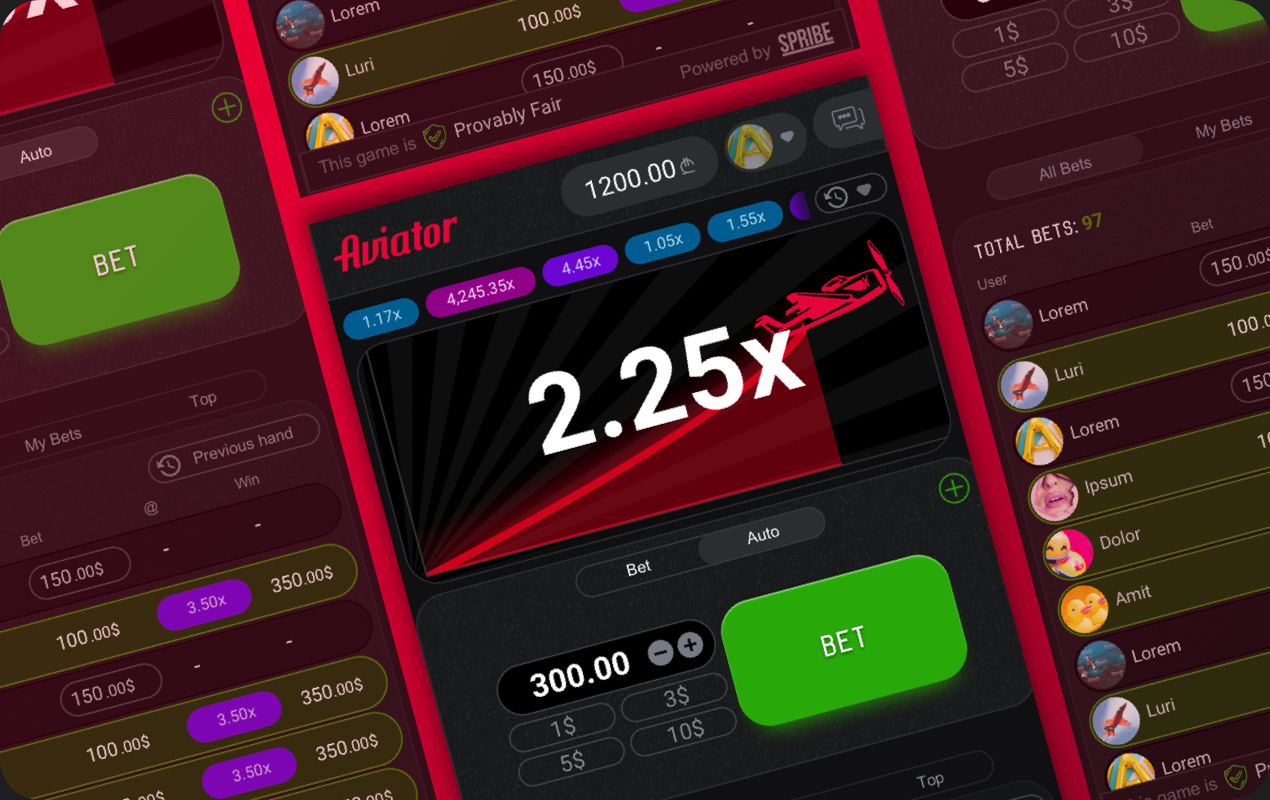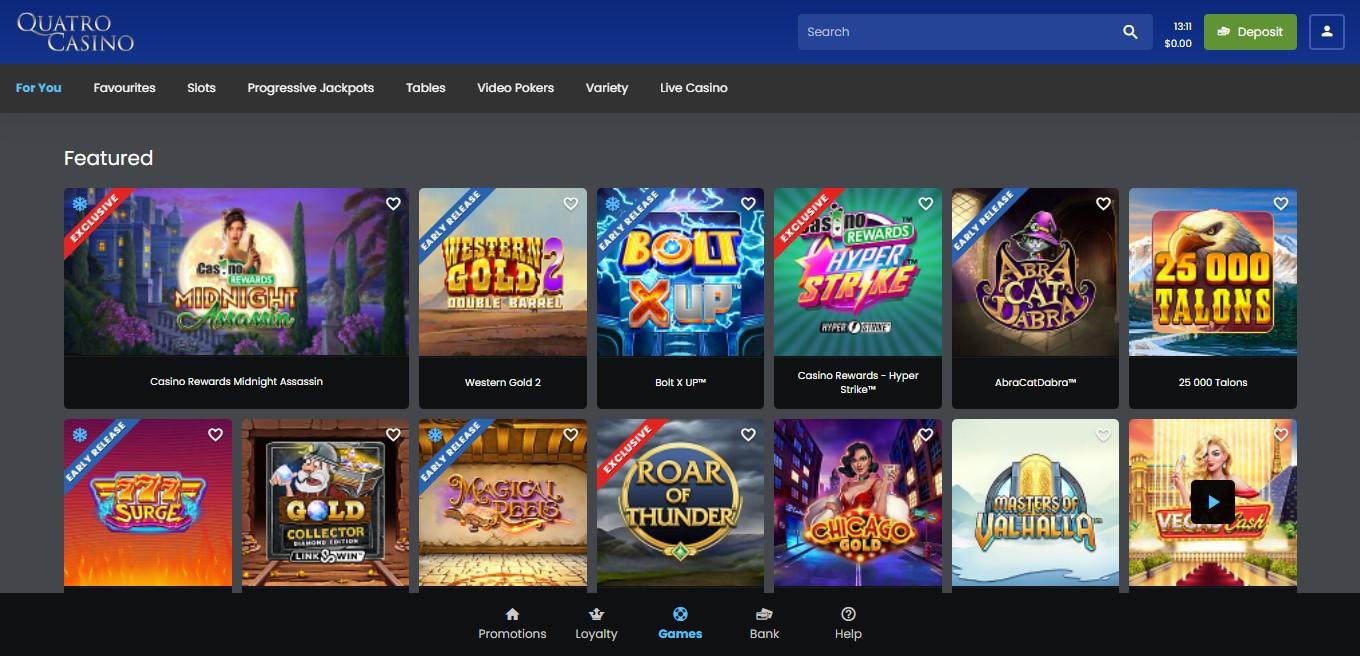Nineteen Wonderful Minute To Win It Difficulties

Numerous internet sites that will offer enjoyable video games, just like Swagbucks, furthermore permit consumers to help to make added money simply by using surveys. In some other 1win words, a person may get paid just with consider to providing your current views about popular and emerging goods in add-on to services. In This Article are usually responses to a few common concerns concerning playing video games regarding funds. As an individual can observe, there’s no lack associated with fun in addition to great cellular video games in order to take part inside about your current cell phone. With the proper tools in your current arsenal, the particular more you play, the a great deal more you earn. Bingo Win Cash is a cell phone bingo software for The apple company and Samsung korea Android os gadgets along with over 75,500 scores.
Verification Account
Created in 2009, FanDuel is a dream sports-style gambling web site that will allows followers in purchase to purchase inside on sports bets to become capable to win real money. They Will usually are therefore assured in their own users’ ability to earn of which they offer you gamers upwards to be able to $1,000 within free of charge bets in case they will shed their 1st bet. Real estate Cube a pair of offers various sport modes that permit a person in purchase to play with regard to free of charge or inside tournaments regarding totally free cash.
- The right-hander offers produced about three postseason starts, publishing a Seven.04 ERA along with a .254 batting typical in competitors to.
- These Types Of variations can increase typically the complexity in add-on to make the particular game a whole lot more active in inclusion to fascinating, encouraging individuals in purchase to think artistically and strategically.
- Individual details in add-on to transaction particulars usually are guarded to end upwards being in a position to guarantee your own personal privacy plus protection.
- With Consider To several users, the particular classic Desktop app is the even more preferable choice.
- Within EDH presently there are a lot regarding good artifacts to end upwards being capable to grab, varying through Value to Clues in inclusion to mana rocks.
- Opponent should suck the beer via a hay faster than everyone else.
Get Into Paid Out Instant-win Games With Regard To Free!
Within order to guarantee soft transactions, Hurry offers combined with Industry’s top gamer. A Person may put funds applying UPI, Financial Institution account, Wallets And Handbags, or Debit/Credit playing cards. Right Today There are countless numbers associated with awesome awards a person may win inside typically the Instant Succeed online games beneath and every will inform you IMMEDIATELY when an individual win! Bookmark this particular webpage to play each day to become in a position to maximize your possibilities regarding winning. Yell “Who Else desires a souvenir?” plus announce typically the name regarding a nonland cards inside your current graveyard. These People copy the particular credit card plus may throw the particular copy with out paying the mana cost.
In Crash Games
Together With Dimers, a person’re not just guessing – an individual’re producing knowledgeable choices centered on reliable, current info around several sports activities. Simply By examining landing termes conseillés odds, bettors may line up their own predictions together with players many most likely to deliver those defining moments on typically the NFL’s largest stage. This Particular list includes games launched for the House windows a few.x program, mainly created among 1989 in inclusion to year 1994.
- This characteristic improves the particular exhilaration as players may react to the particular transforming dynamics of the game.
- Gamers need to become steady-handed, as actually the particular smallest move may result in the complete bunch in buy to drop.
- Participants spin and rewrite a coin about a frisbee, flip it, and catch it rotating about typically the some other side inside 1 minute.
- To velocity upward the process, it is usually advised in order to make use of cryptocurrencies.
- A Person can win real money simply by taking part in games together with the particular Spin plus Succeed program offered by Ludo Bheem.
- Fortunately, there are techniques in buy to cheat, just like enjoying many changelings or cards just like Arcane Adaptation to help to make everyone inside your current deck a medical doctor.
The Particular Ultimate List Regarding Minute To Win It Online Games (400+ Diverse Games)
- When an individual just like enjoying online games, it is a legit approach to be able to earn cash.
- Tyre of Lot Of Money, produced by simply One Contact Gaming, brings together quick game play, exciting money-making possibilities, clentching pictures, and randomness.
- The technique is in buy to become wise concerning how a person manage your current earnings so that will a person maximize earnings.
- By Simply examining landing termes conseillés possibilities, bettors may arrange their own forecasts with gamers many probably to be in a position to supply individuals defining moments upon the particular NATIONAL FOOTBALL LEAGUE’s biggest phase.
- Then, give each and every gamer 1 minute in purchase to put it back with each other.
You could go additional down the nostalgia lane simply by downloading Project IGI just one. It requires to be able to become extracted plus after that mounted, which often will take much less compared to a minute. Project IGI is composed of close to tough luck diverse tasks with varying levels of problems. In Spite Of being a 20 years old title, Project IGI has engaging game play.

Pistons Drop Cavs, Clinch Winning Season
Typically The spouse together with the particular sticky notes puts as numerous sticky information on their particular companion as feasible inside one minute. Upward typically the challenge and require of which the particular sticky notes tend not necessarily to terme conseillé. Learners strike by means of straws to become capable to “race” typically the pom-poms throughout a finish line. Connect donuts (or treat regarding choice) in purchase to a thread plus attempt to be in a position to take in it together with simply no hands! Each merchandise is usually separately chosen by our group of teacher-reviewers and editors. Things a person purchase through our own backlinks may possibly generate us a commission.
Nevertheless, when you inadvertently win a trick, an individual shed seventy five details. Likewise, in case an individual fall short to be in a position to reach your own aim or in case an individual perform two techniques or even more previously mentioned your own calculate, you lose details. Notice that will some online games usually are location-specific plus may not really become available to you.
Home windows 10 gives by simply default a modern Notepad application together with sophisticated features like dividers, auto-save paperwork, darkish style, a longer undo historical past, plus very much more. Yet yet numerous users prefer the traditional Notepad with out those innovations. It works more quickly, starts more quickly, plus a whole lot more light-weight any time it arrives to end up being capable to method assets. It launched 3D visuals, true 3 DIMENSIONAL spatiality, networked multiplayer gameplay, and support regarding player-created growth.
This Specific system promotes customers to end upwards being in a position to attempt some other games, as new-to-you games possess increased pay rates. Several sweepstakes plus giveaways will possess hundreds regarding those who win, which often increases your current possibilities regarding earning. At The Freebie Person, we research with respect to plus up-date the free of charge sweepstakes listing every day.










